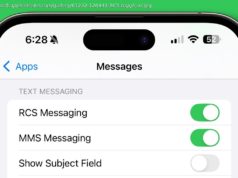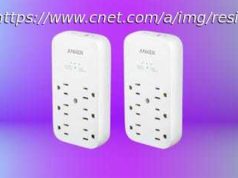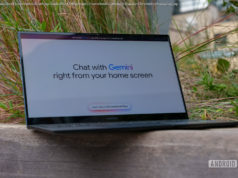The entire reason that the Galaxy Fold exists is because of the screen. Unlike other phones, where screens are an afterthought to camera quality and battery…
The entire reason that the Galaxy Fold exists is because of the screen. Unlike other phones, where screens are an afterthought to camera quality and battery life, Samsung designed the entire phone around the fact that its display bends in half. The perils of foldable phone design are sucking up all the oxygen in the room, after five early production Galaxy Fold review units experienced major problems. That’s important, but so is the Fold’s screen on a working model like mine.
Before the Galaxy Fold screens started breaking, it was the plastic crease running down the center of the Fold that caused the most hand-wringing. How bad did it really look? Would it worsen over time? Creasegate threatened to take down the Fold and its ilk before foldable phones ever really got started.
Let’s also remember the notch. The thick thumb-shaped cut-out housing two front-facing cameras and two sensors inspired sneers when Samsung first showed off the Fold prototype in late February. Onlookers fretted that it looked cheap and would get in the way.
People also had words about the air gap, the little loop of open space at the Fold’s hinge end that’s wider than the end where the screen sides snap shut.
Having used the Fold every day for over a week, I wanted to address three of your biggest concerns and share what they’re really like. Let’s start with the crease.
The second you open the phone, you’ll notice the crease. It dips in a little and catches the light. I noticed it most on white or black screens, but when you’re immersed in something — a movie, an article, a game — the crease becomes much less in-your-face. That’s partly because you stop concentrating on it so intently, and partly because it’s less apparent as pixels light up and change.
You can also feel the crease, or more accurately, the hinge beneath it, when you run your finger down or across the screen.
Домой
United States
USA — IT Galaxy Fold: The real deal with Samsung's screen crease, notch and air...






